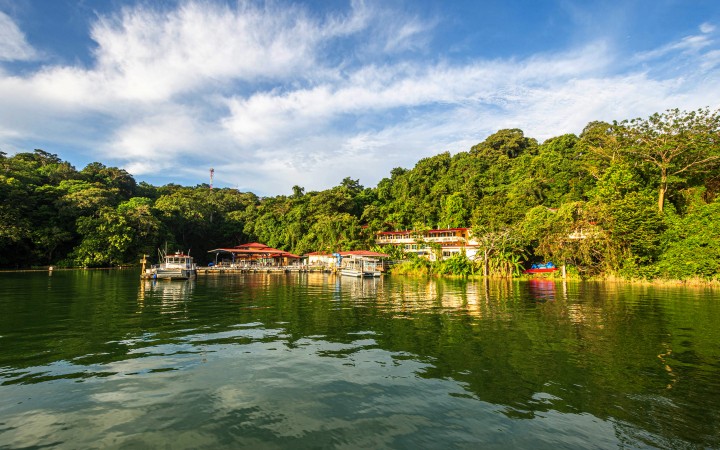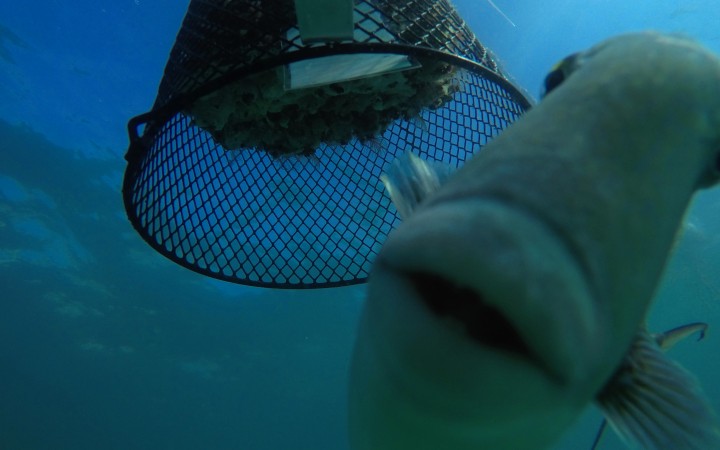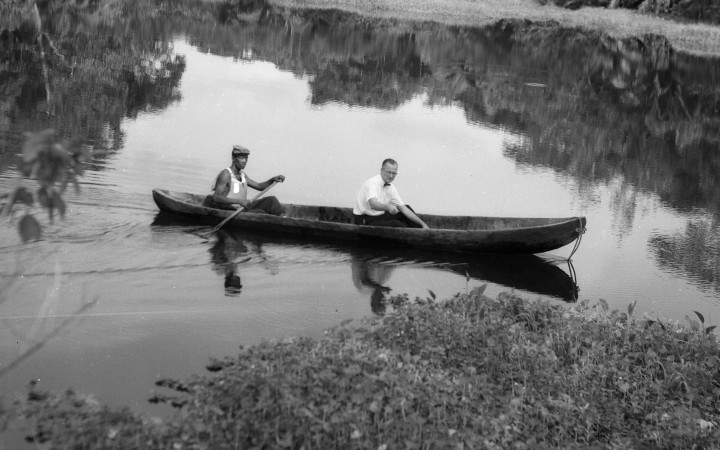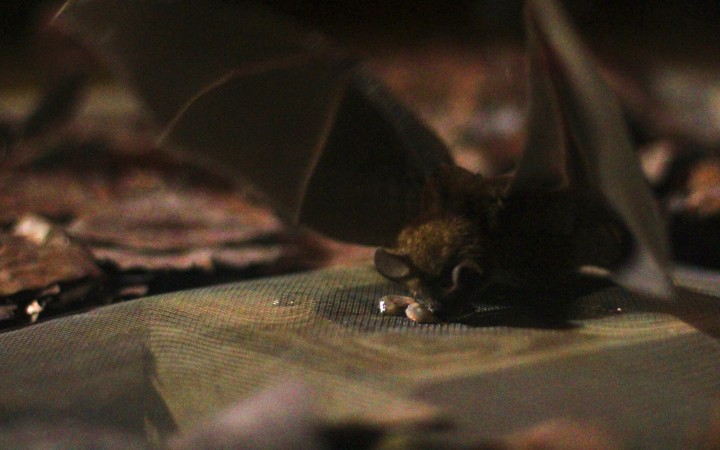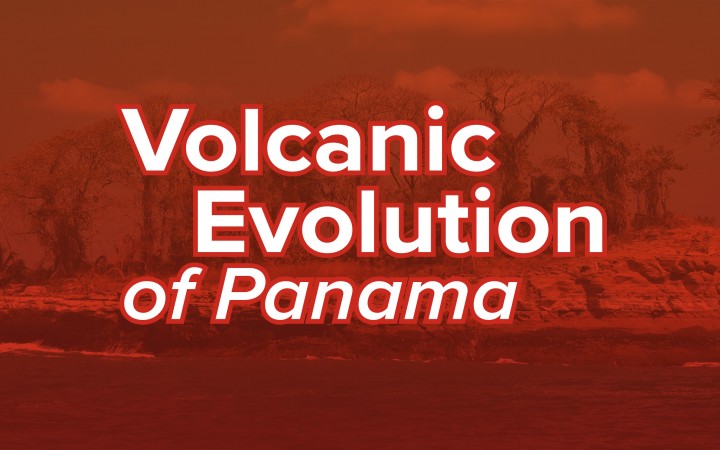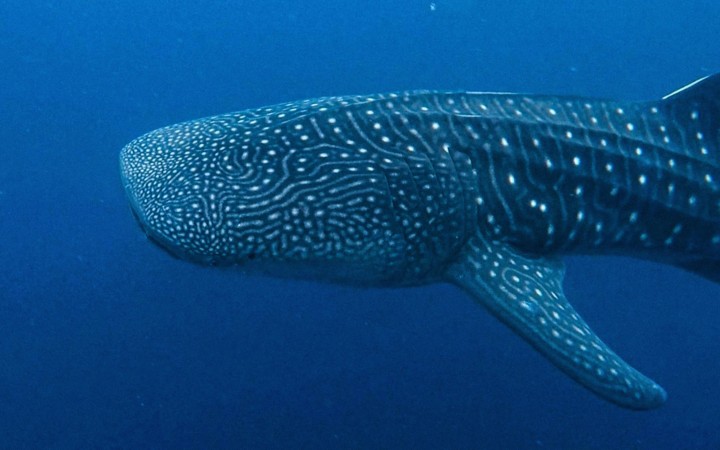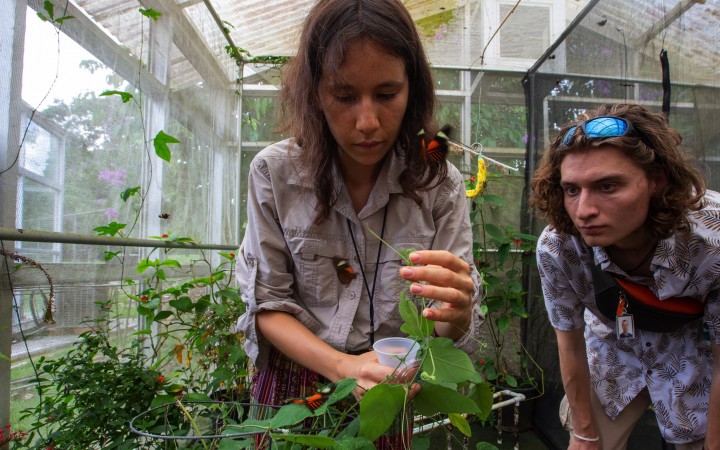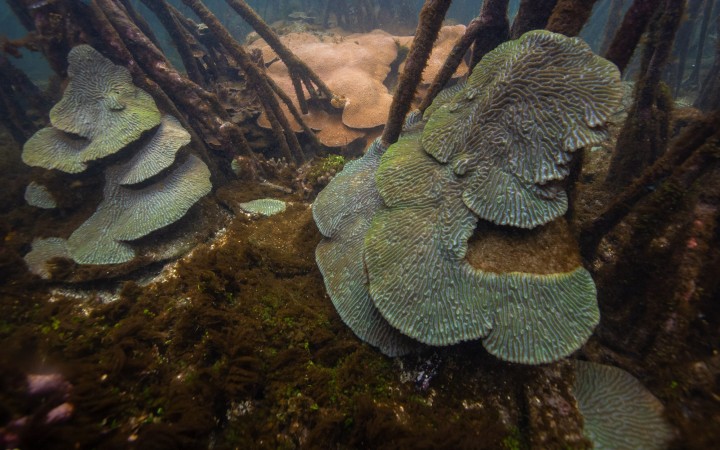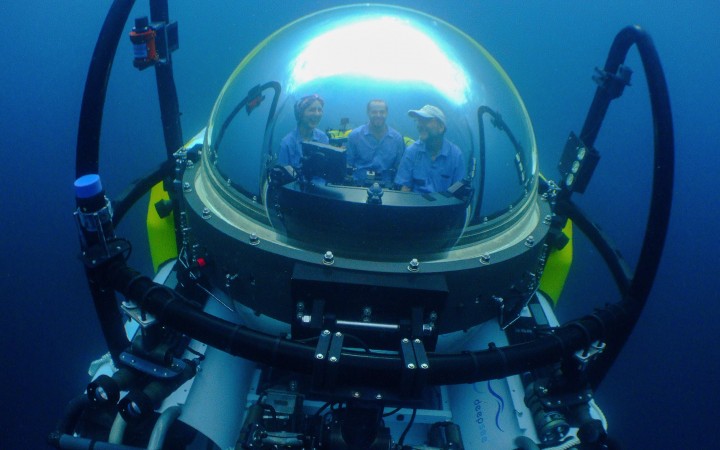My Journey to Barro Colorado Island (Part 1 of 3)
For many tropical biologists, all roads lead to Panama’s Barro Colorado Island, the most-studied piece of tropical real estate in the world. STRI Intern Omayra Meléndez shares her story about arriving on BCI and how the island is transforming her career.
